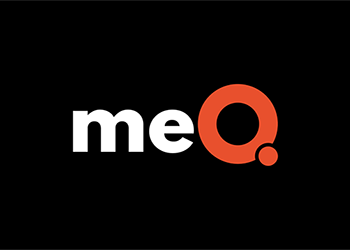You know this, right? I should go for a walk. I should hit the gym after work. I should make my run a little longer. I should finally open that Pilates video. The “shoulds” rarely work. If you think of exercise a chore, it’ll feel like making yourself go to the dentist for an overdue teeth cleaning. And you won’t exercise.
Movement is one of the most effective tools for building physical and mental resilience, and not doing it is a real disservice to yourself. But if you’re stuck in “shoulds,” only one thing will help you exercise more: shifting how you think about it.
When you can think about exercise through the lens of positivity and gratitude, then the time you spend doing it becomes a source of health and joy. Here are 3 steps to ditch I should exercise and start saying I get to exercise! instead.
Uncover what you believe
Fitness hits big emotional buttons, and where there are big emotions, we know there are big beliefs lurking. We call them “iceberg beliefs,” which are a person’s fundamental values and deep fears. Often these beliefs formed in childhood, and exist just below your day-to-day awareness.
Negative I should exercise thoughts originate from your iceberg beliefs about fitness. When you bring these beliefs into awareness, you are more able to change them. Common fitness beliefs are:
Being fit just isn’t who I am.
Things shouldn’t feel too hard. If they do, they’re not worth doing.
If I don’t do something perfectly, I shouldn’t do it at all.
If I get in shape and my partner doesn’t, it will drive a wedge between us.
You might also come up with I never have time, but I challenge you to look deeper for the iceberg beliefs beneath it. Do you really believe that you shouldn’t ever be away from your family? Or that you do you use time as an excuse because you believe don’t deserve to take care of yourself?
(Read more on uncovering iceberg beliefs.)
Challenge the beliefs holding you back
Once your iceberg belief is in the open, take a few minutes to explore it a bit. Write the belief down, and then ask yourself: Is this an old, inappropriate belief, maybe one you inherited from a parent? It might finally be time to let it go. Is it something that needs a complete replacement? Think (Life shouldn’t be hard”) for another (“Effort does not equal ‘hard'”).
For every unhelpful belief about exercise that you uncover, write a new version of it that better reflects who you are now and what you want to achieve. This way, you clear your mental decks to build a new approach to exercise.
(Read more on weeding out the negative thoughts that keep you sitting still.)
Schedule exercise that feels good (and daydream about it)
With the tools to counter negative fitness thoughts, you can build a solid exercise plan. Start by choosing activities that feel good to you, such as long walks, a strength-training class, stand up paddle boarding, Zumba. What type of movement feels special to you? What would you be psyched to do?
Now schedule it. I really mean this—block off that time in your calendar every week. Remember, you’re setting aside time to do something cool and nourishing. It’s like scheduling a little birthday party for yourself every seven days.
Finally, research shows that anticipation both feels great in the moment and can boost your positive feelings over time—so indulge in some fitness daydreaming. Say you scheduled a walk in the nature preserve next Saturday. All week, imagine the flowers in bloom, the quality of the sunlight, the birdsong you might hear. These positive thoughts will go a long way to making exercise feel like the privilege it really is.
